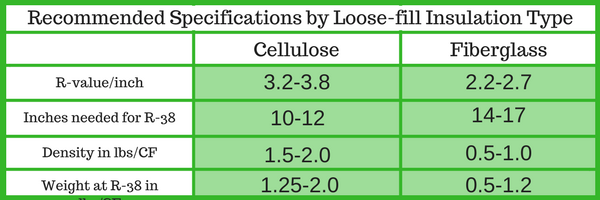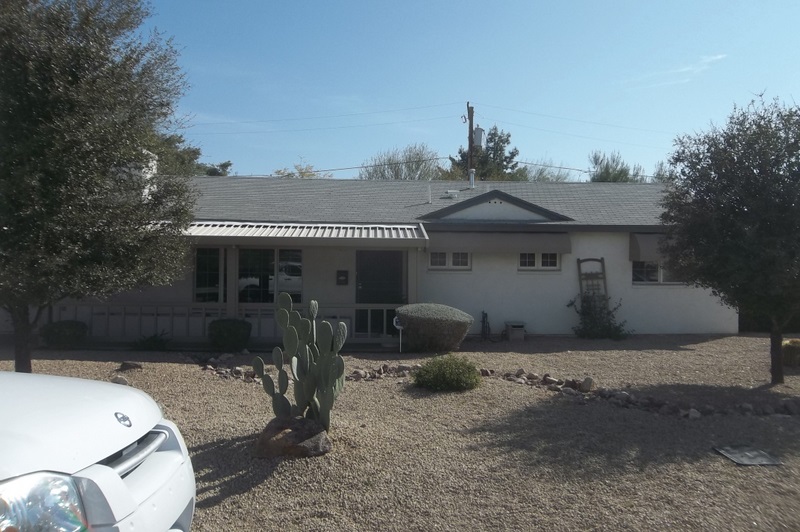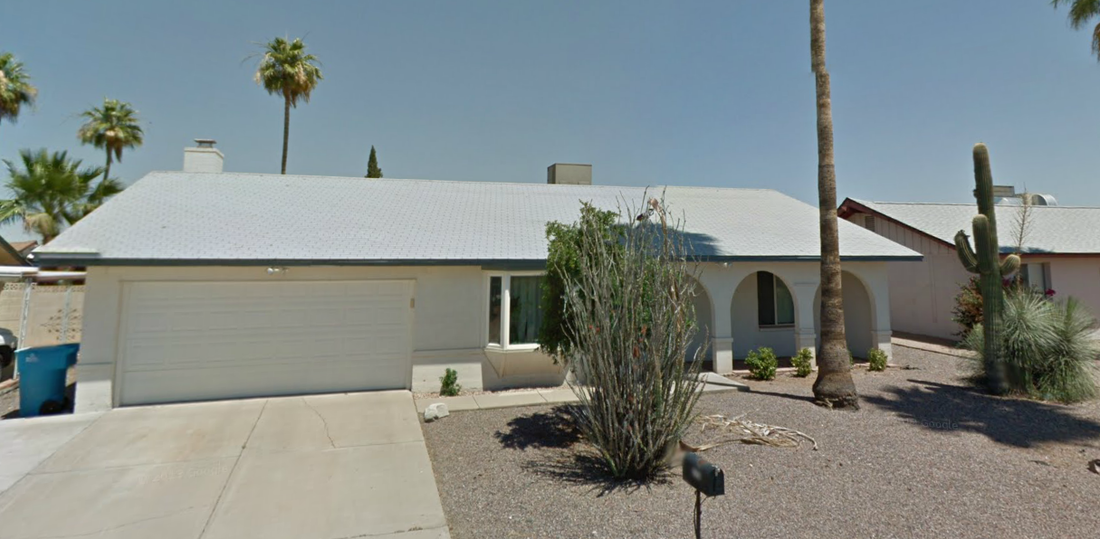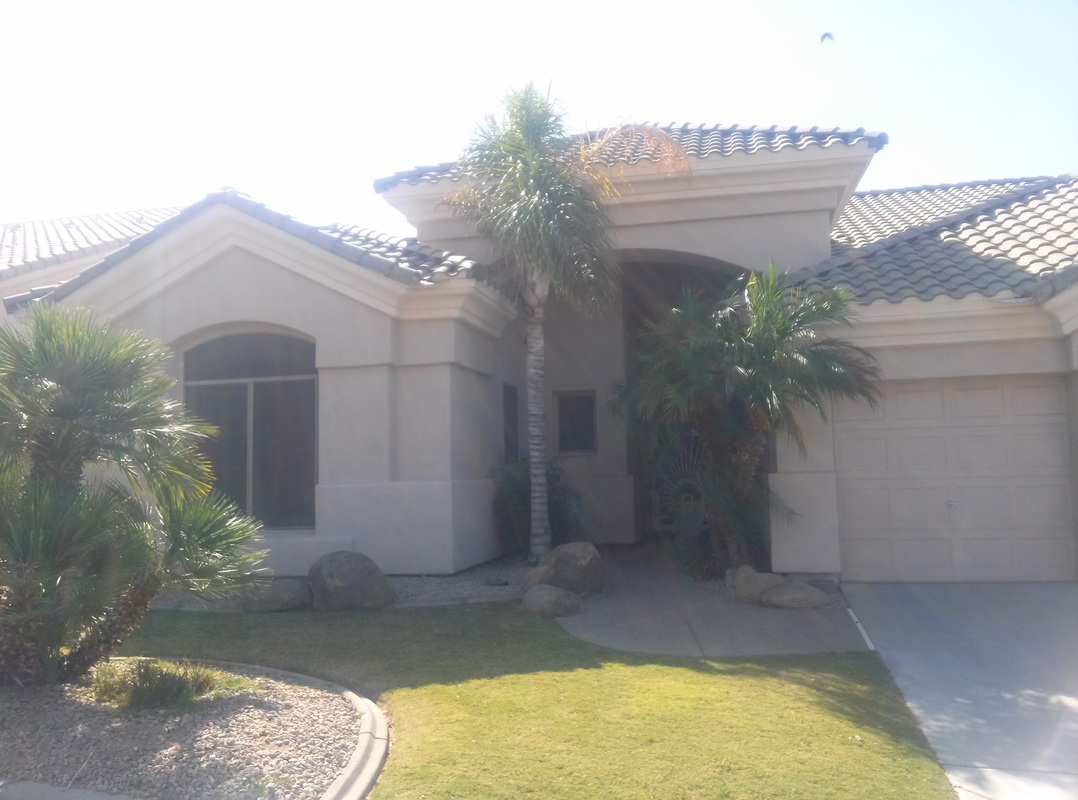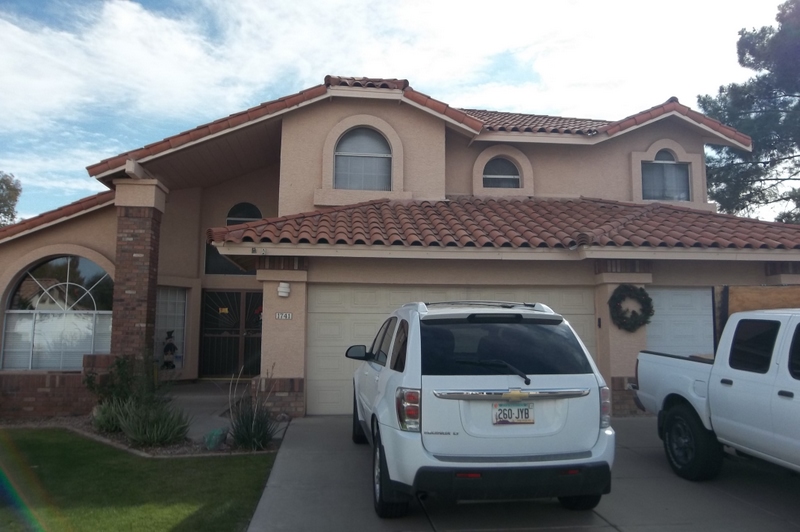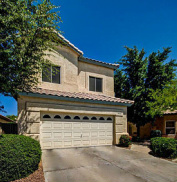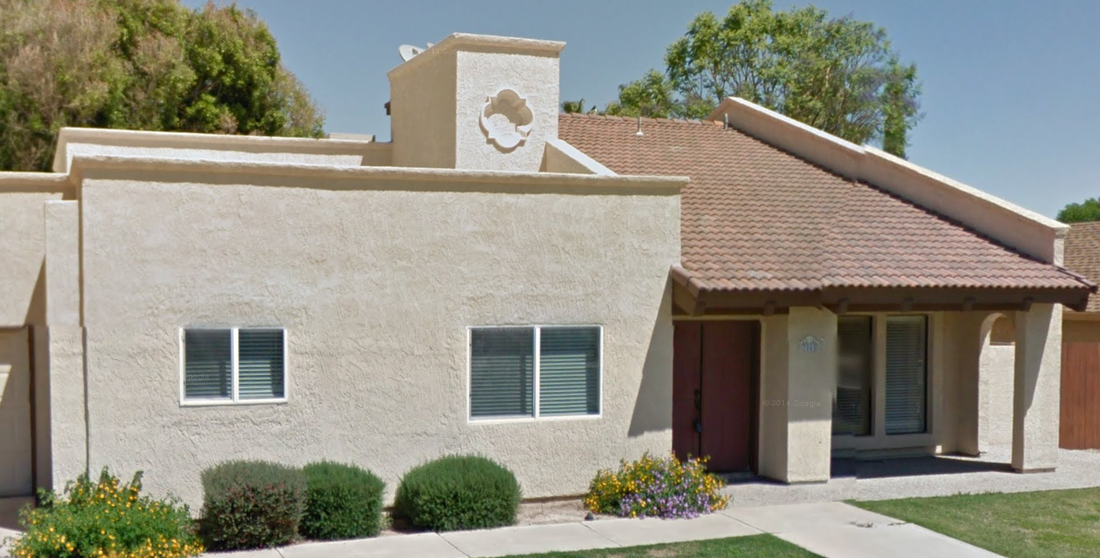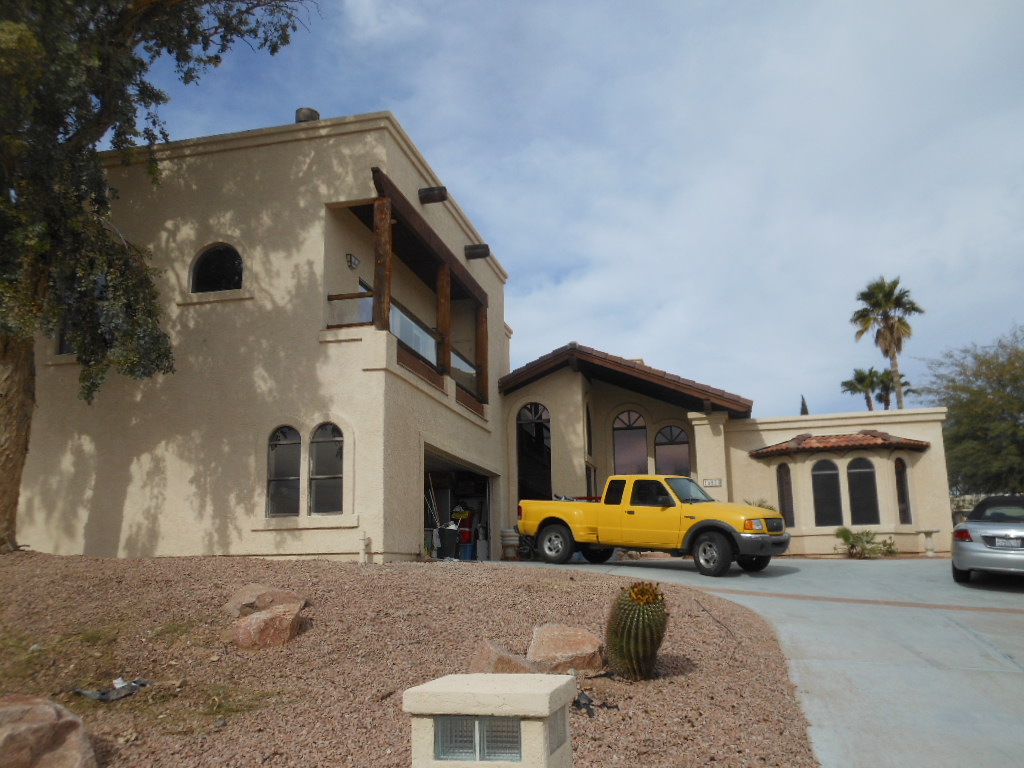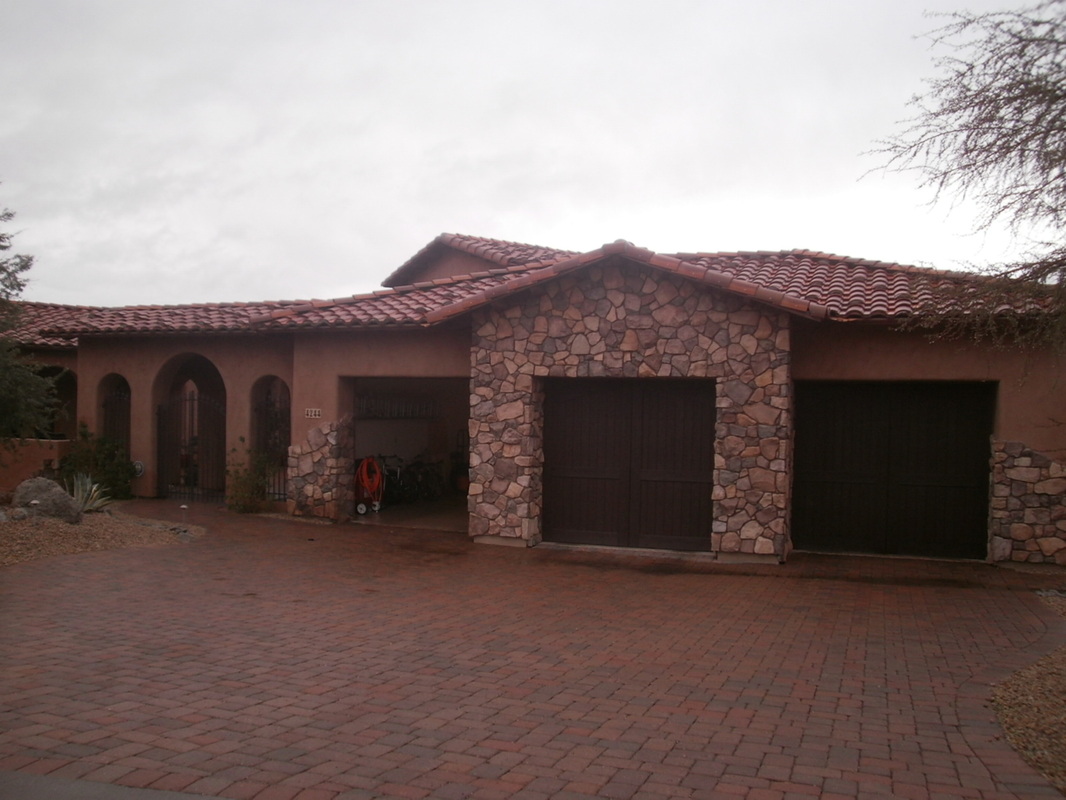 Do you live in an older home that needs an insulation upgrade? Having a thick insulation layer is like wrapping your house in a blanket to keep it warm in the winter and cool in the summer. There are three general types of insulation; cellulose (which is recycled newspaper), loose fill fiberglass (which looks like pink snow), and rolled fiberglass batts (which are itchy and difficult to install correctly). What is loose fill insulation? Loose fill insulation consists of small particles of fiber, foam, or other materials. These small particles form an insulation material that can conform to any space without disturbing structures or finishes. This ability to conform makes loose-fill insulation well suited for retrofits and locations where it would be difficult to install other types of insulation. When you look at insulation and notice a fibrous material in it, you are looking at loose fill insulation. The fibrous material is made out of different recyclable materials, all treated to be resistant to heat. Since the materials are all recyclable, loose fill insulation is often considered to be environmentally friendly. The most common types of materials used for loose-fill insulation include cellulose, fiberglass, and mineral (rock or slag) wool. All of these materials are produced using recycled waste materials. Cellulose is primarily made from recycled newsprint. Most fiberglass contains 20% to 30% recycled glass. Mineral wool is usually produced from 75% post-industrial recycled content. Loose fill insulation can be installed in either enclosed cavities such as walls, or unenclosed spaces such as attics. Because loose fill insulation consists of fluffy strands of fiber blown into attics and walls, a special machine is used. It fills nooks and crannies, which eliminates cold and hot spots. Different types of loose fill insulation When insulating your home, you can choose from many types of insulation. To choose the best type of insulation for your home, you should first determine the following:
Blown in cellulose Cellulose loose fill insulation uses recyclable materials such as old boxes and newspapers. These materials are reduced and pulverized, making them into the filler of the insulation. After that, chemicals are mixed into the composition to make it resistant to fire and pests. This fiber is packed tightly into closed building cavities, which inhibits airflow. The major disadvantage to cellulose is that it absorbs water, which can become a problem if water leaks from the outdoors. Too much water can also wash away the fire retardant. Advantages of Cellulose Insulation: Effective at all temperatures. Disadvantages of Cellulose Insulation: Oftentimes too heavy for attic insulations; ceiling must have at least 5/8 inch drywall or framing every 16 inches. Over time, it can settle almost 20%, reducing its effectiveness. Best use: ceilings, enclosed existing wall or open new wall cavities, unfinished attic floors, other hard to reach places Cost: $0.65-$1.10 per SF Fiberglass insulation Fiberglass loose fill insulation is created when glass is melted and spun into small fibers. These small fibers serve the same purpose as the pulverized and treated boxes and newspapers in cellulose insulation. Loose fill fiberglass insulation must be applied using an insulation-blowing machine in either open-blow applications (such as attic spaces) or closed-cavity applications (such as those found inside walls or covered attic floors). Advantages of Fiberglass Insulation: widely available and familiar, standard widths and thicknesses are designed to fit between studs, joists, and rafters. Disadvantages of Fiberglass Insulation: Can be itchy to install. Rolls of fiberglass (which we do not recommend due to the fact that in order for them to be effective, they must be installed perfectly, which is a near impossible task) must be cut by hand to fit into spaces. It compresses easily, which causes it to lose insulating properties over time. Cost: 0.75-$1.20 per SF R-Values The term R-Values refers to the measurement of thermal resistance of the insulation. The higher the R-value, the more the insulator is resistant to heat flow. The level of R-value you need for your home is determined by your cooling and heating system, together with the climate in your region. Each material, and often each brand of the material, has a different R-value. It is also important to remember that the maximum R-value of insulation is very dependent on proper installation. R-30 insulation in the attic is code, which translates to 10” of cellulose. In Phoenix, R-38 is Energy Star standard and the level that we recommend. You can find the current R-value of your insulation from the manufacturer’s specifications, or use the BPI R-value table, which is simplified below: If you think that your home needs an insulation upgrade, make sure that you know the pros and cons to each insulation type in order to make the decision that is best for your home!
6 Comments
5/12/2021 07:48:24 am
I recently moved into an older home, and I found out that it's not very energy efficient. It makes sense that having some new insulation installed would be a great way to improve efficiency! Using fiberglass seems like a good choice, because it's still pretty effective and within my price range.
Reply
7/20/2022 11:20:20 pm
It captured me the most when you discussed that fiberglass insulation comes with a wide selection of widths and thicknesses. That's probably why my husband wants us to have fiberglass insulation. I should tell him to work with a contractor that specializes in residential insulation to achieve a precise job.
Reply
8/1/2022 10:15:12 pm
As a homeowner trying to work on a completely new renovation job, I can bet that using the proper kinds of insulation for different areas of the home will yield the best results. This is why I appreciate you talking about how many types there are so I can avoid using the same material for every area and encountering problems down the line. As soon as I find a home insulation expert in the area, I'll make sure I get their help with using the right ones.
Reply
9/6/2022 04:53:30 am
It is good to know that loose-fill insulation can work in any space without affecting structures or finishes. That's probably why my friend prefers this kind of insulation for their home. I should advise him to look for an insulation product supplier that offers a wide selection of insulation materials.
Reply
9/19/2022 08:33:40 am
Thanks for explaining how cold and hot spots can be eliminated by filling nooks and crannies with loose-fill insulation. My wife has noticed a lot of cold places in the house especially upstairs. Having these filled by a professional could help us regulate the use of our AC and help us feel more comfortable.
Reply
10/14/2022 06:33:47 am
Insulation helps your home stay cool in the summer and warm in the winter, so you don’t have to crank up your heating or cooling system to the max just to get by. It gives you the best possible starting point to enjoy easy, efficient year-round comfort.
Reply
Your comment will be posted after it is approved.
Leave a Reply. |
Sign Up For Your Home Energy AuditFIND YOUR HOME TYPERanch HomesSingle Story, Spec HomesTwo Story, Spec HomesTri-Level HomesPre-1990 Custom HomePost-1990 Custom HomeDon't See Your Home? Find Your City Below!Archives
April 2024
Copyright Notice©2009 – 2023
All Rights Reserved |


